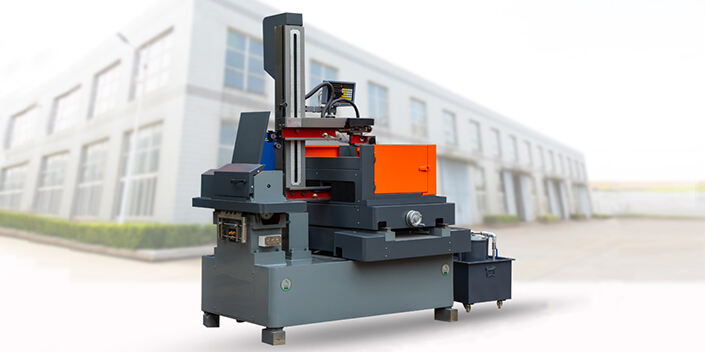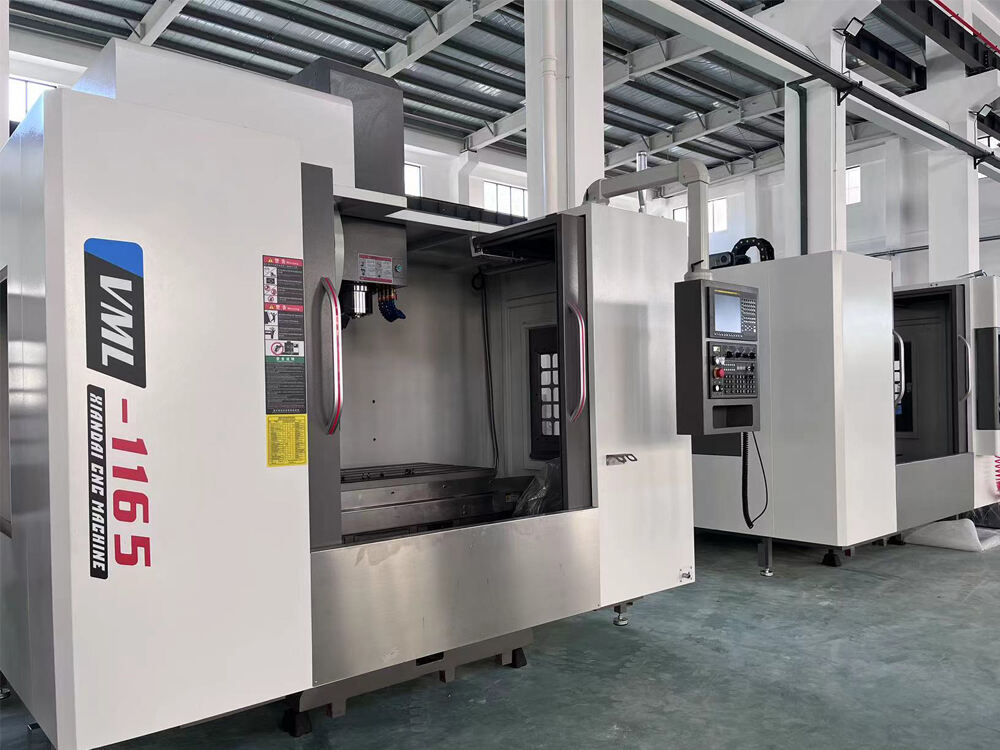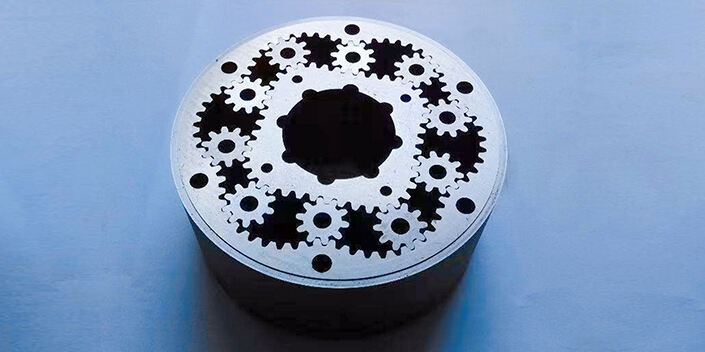התפקיד היסודי של תכונות החומר בביצועי הקפיץ
קשר בין מודולוס האלסטיות ויכולת העומס
מודולוס האלסטיות הוא מאפיין בסיסי שמשפיע בצורה רבה על היכולת של קפיץ לשאת אומץ. הנה איך זה עובד: חומרים עם מודולוס אלסטיות גבוה יותר - לדוגמה, פלזות איכותיות - יהיו קשיחים יותר, מה שיאפשר לקפיצים להחזיק אומץ גדול יותר בלי להתכופף. למשל, קפיץ מסpiral, המורכב מחומר מחומר, יש לו מודולוס אלסטיות גבוה מאוד כך שהוא יכול להילחם בכוח עקיפה עם מומנט גדול. מצד שני, הקפיצים לשימוש בלחיצה או מתיחה עשויים להיות מחומרים חומרים אלסטיים שונים כדי שהם יוכלו לעבוד בצורה טובה יותר במקרים שונים.
סוגים שונים של קפיצים (לדוגמה, קפיצים ללחיצה, מתיחה ותorsi) יש להם תכונות ייחודיות כתוצאה מהמודולוס אלסטיות הפרטי שלהם. קפיצים ללחיצה בדרך כלל נבנו מפריטי חומר בעלי קשיחות גבוהה, או לפחות בינונית, כדי לאפשר ספיגה טובה יותר והפצה של כוחות לחיצה. מצד שני, קפיץ מתיחה יכול להשתמש בהארכת המודולוס האלסטי השונה מזו שמתוארת לעיל, והוא יכול להחזיר את עצמו לאחר שהושטח. קפיצים לתorsi חייבים לבוא מחומרים בעלי דרגה גבוהה של אלסטיות מכיוון שהם צריכים לעמוד בכמות מסוימת של כוח סיבוב.
הערך E של מודול האלסטיות קובע באופן משמעותי את התנהגות הקפיץ כפי שגילה מחקרים אחרונים. למשל, הוכח שהקפיצים שנעשו מפריטים אלסטיים מתאימים יראו עלייה בתקיפות תחת עומס מוגדר מראש, מה שמפחית את שיעורי הכשל ומעלה את חיי הפעולה של הקפיץ. לכן, בעת עיצוב הקפיצים עבור יישומים המכוונים לעומס, חשוב לבחור את החומרים המתאימים עם אלסטיות מתאימה.
העמידות נגד עייפות ביישומים עם מספר רב של מחזורים
במיוחד, עבור יישומים עם מספר רב של מחזורים, כמו תעשיית רכב או תעופה, שחייבים לעמוד בפני מתחים מחזוריים, התנגדות לפיגור היא מאפיין חשוב למתלים. חומרים בעלי התנגדות פיגור גבוהה מאפשרים שעות שירות ממושבות ללא הופעת קיצים או קריסה מבנית, מה שמבטיח ביצועים אמינים. למשל, יש להשתמש במתליםbuat מתכת פחמן גבוה לסוגרי רכב, מכיוון שהם הראו אתคงיותם מול מחזורים של מתחים.
תחשבו על השלכות של נתוני סיבוב גבוה, שיעור כשל: רביעים בעלי חיים נמוכים עלולים להיכשל מוקדם, מה שגורם לבעיות ייצור מתמשכות וזמן הפסקת עבודה יקר. בעיות אלה מדגימות את החשיבות של בחירת חומרים נכונה כדי לוודא שהמטבעות עמידות ללחצים המתמשכים שהם נתונים להם. מהנדסים יכולים להשתמש בנתוני עייפות כדי לחזות ביצועים ועיצוב עבור חלקים עמידים יותר בסביבות מאתגרות.
חומרים מודרניים, כגון פלדות פחמניות וسبائك טיטניום, מציגים יתרונות משמעותיים בביצועי עייפות. בחיפוש אחר אחד או יותר מאיזונים אלה בחומר, טיטניום (משקל קל, התנגדות טובה לעייפות) מתאים לרוב ליישומים בفضاء-אוויר בעיקר משום שהוא מסוגל לעמוד בעומסי מחזוריות ללא אובדן תכונה או ירידה באיכותה. פתרונות חומריים בעלי ביצועים גבוהים אלה מבטיחים שהקפיצים יעבדו לאורך זמן ובצורה מיטבית בתנאים קשים וממושכים, תוך הדגשת הצורך_Selection במגוון החומרים המתקדמים על מנת לקדם את חיי הקפיץ.
תהליכי ייצור עיקריים השפיעו על עמידות ps
חיתוך מדויק באמצעות טכנולוגיית Wire EDM
טכנולוגיה הטכנולוגיה של חיתוך בחוט ב-EDM (מכונה על ידי שחרור חשמלי) מגדילה את דיוקו של המרכיבים של הקפיץ באמצעות שימוש בטולרנסות צמודות יותר כדי להדיאג מעבר אנרגיה טוב יותר. מכונות חיתוך בחוט ב-EDM חותכות עם שחרור חשמלי, מה שנותן מימדים מדויקים וטיפוח פני שטח מצוין. זה במיוחד חשוב בשכבות שבהן הביצוע והיומנוטיות הם קריטיים, כמו תעופה ומכשירים רפואיים. התעשיות האלו תלוות בדיוק שהמכונה EDM מספקת כדי להשיג איכות שווה של קפיצים ופחות לחץ על החומר עבור עמידות נוספת. קפיצים מיוצרים עם EDM אמורים להחזיק זמן רב יותר ולהיות מסוגלים לעמוד בהישומים קשים יותר, מה שמחזק את ההשפעה של התהליך הזה על העמימות של הקפיצים.
תפקיד פעולות לטה בהרכבת לולאות קפיץ
העבודה על המטוסה היא מפתחית לצורתם המוקדמת של לולאות הקפיץ ועומדת בדינמיקה רבה של מימדיהם ותכונותיהם. כאשר הם מסובבים חלק עבודה תוך כדי שהכלי חיתוך יוצר אותו, מטוסות עוזרות לייצור של המימדים והמבנה השונים של לולאות הקפיץ שמשמשים ליצור את התוצאה הסופית המהנה ביותר. מטוסות שונות כמו CNC (תפעול מספרי ממוחשב) משפיעות על התפלגות הלחץ בקפיצים ובחומר הקיר, ולכן יש להן השפעה על התאימות והעוצמה שלהם. יצרנים יכולים להשיג יעילות גבוהה יותר באמצעות טכניקות מודרניות של מטוסה, וההגדלה בהפקה ובמהירות היצור מוסברת במספרים המצביעים על הפחתת הפסולת ועל מהירות ההפקה. מבנה קפיץ חזק: מיומנות בעבודה עם מטוסה, מדידת משנה מבטיחה גסות, כך שהקפיץ אינו נשבר, מה שמשפיע ישירות על תקופת החיים ועל עמידות הביצועים.
חיתוך חורים עמוקים לשיפור שלמות החומר
תהליך חפירה של בורות עמוקים יש לו יתרונות גדולים בייצור פסלים, דיוק בור ובלעדית התערבות עם החומר. כלים אלו הם חיוניים בתחומים כמו נפט וגז, מכיוון שחפירה מדויקת היא הכרחית כדי למנוע מהחומר להיסגר ולהבטיח בטיחות בסביבות קשות. עבור יישומים כמו תעופה וחלל, הדיוק הוא קריטי כדי לשמור על יציבות וכן איכות, וחפירה של בורות עמוקים מספקת את הדיוק הנדרש כדי לענות על דרישות מחמירות. נורמות כמו ISO 9001 מדגישות את הצורך בדיוק בחפירה כדי לוודא שהפסלים הן תקינות ופונקציונליות. חפירה של בורות עמוקים מאפשרת לייצרנים לייצר רכיבים באיכות גבוהה יותר ובצורה יותר עקבייה, מה שמחזק את הביצועים וההימנעות של הפסלים בסביבות קשות.
תכונות חומר קריטיות לפעילות אופטימלית של קפיצים
توازن בין עוצמת הסף לגמישות
בכריית קפיץ, התאמה בין עמידות מספיק גבוהה ובין דקיות כדי להגשים את הביצועים האפשריים היא האידאלית. הקפיץ מבצע את תפקידו על פי עמידות הפליטה, או היכולת להתמודד עם כוחות שונים ללא התפורמות לצמיתות, ועל פי הדקיות, או היכולת ל soaked אנרגיה על ידי כיווץ או ארכול. אי-ההתאמה שכזה יכול לגרום לאינטיליגנטיות של הקפיץ לבצע את תפקידו. למשל, חומר בעל עמידות גבוהה יפתח קרעים, בעוד חומר בעל דקיות גבוהה יארך או יתפורר ללא הצורך לעמוד בלחץ. מחקרים מצביעים על כך שפליטות מזוהות בעלות יחסים אופטימליים של עמידות ואלסטיות שמאפשרים לקפיצים להמשיך ולעשות מחזורים חוזרים של טעינה ללא כשל.
עמידות לקורוזיה בסביבות קשות
עמידות לקורוזיה חשובה בשימוש באביב בסביבה קורוזית כגון הימית, בעוד כיתות הפלדה הבלתי מדים המשמשות כאן עמידות לקורוזיה, מחויבות ארוכת טווח עם זאת אינה מובטחת בשל הסביבה למדיום הגורם לקורוזיה יכול לפעול או יכול להיות חומרים כגון פלדה לא מדים, וונדיום כרום עם אנטי קורוזיה משמשים בדרך כלל עבור היישום. לדוגמה, פלדה לא מדים משמשת בדרך כלל בסביבות ימיות מכיוון שהיא יכולה לעמוד בזיהום. כישלונות רבים של גביעים בתעשייה בסביבות לא ידידותיות מיוחסים לביצועים לקויי קורוזיה. בחירת החומר הנכון יכולה לסייע באופן משמעותי בהפחתת הסיכונים האלה ולהגדיל את חיי השירות של המזרן בטווח הארוך, להבטיח אמינות בסביבות המאתגרות ביותר.
גורמי סביבה ורידה חומרית לאורך זמן
חום קיצוני ויציבות תרמית
קיצי טמפרטורה יכולים להשפיע השפעה קריטית על יציבות החום של חומרי קפיץ. תהליך מחזור מהיר של טמפרטורות יכול לגרום לקפיצים להשתנות צורתם או להישבר מטנגו חום. למשל, חלק מהמתכות מתדרדרות מבחינה מכנית בטמפרטורות גבוהות ומשתלחות או נכשלות לפני הזמן. בחירת ליגות או טיפולים נבחרים היא במיוחד חשובה בקפיצים שעובדים בסביבות עם טמפרטורות קיצוניות. עבור יישומים המצריכים טמפרטורות גבוהות, מומלץ להשתמש בחומרים התומכים בטמפרטורה כמו אינקונל. הראיה התעשייתית לכך היא שהשימוש בליגות עילית מיוחדות יכול להאריך בצורה דרמטית את חיי הקפיץ ביישומים בהם יש אתגרים תרמיים.
השפעת רטوبة על קרע מתכת מחוץ לתנאים
השבר מתוחור קורוזיה השבר מתוחור קורוזיה (SCC) הוא בעיה חמורה שיכולה לתקוף קפיצים, במיוחד בנסיבות סביבתיים. SCC הוא ההרחבה האיטית של פגיעה בסביבה קורוזיבית תחת עומס. הימצאותם של נוזלים מסביב למתכות שאפשר יהיה גבוהה יותר תחת תנאים לחים עקב גשם או התקררות שלו, מואצת את התהליך זה, ומגבירת את היווצרותו של הפאזה הבינונית וכתוצאה מכך גם את השברים. כדי להפחית את סיכון SCC, נדרש-materials שמחוסנים נגד קורוזיה בהימצאות נוזלים. שכבות מחסום מ-nonwoven יכולות להיות, למשל, שכבות זنك או פולימר שמצילות את החומרה מהייחוס אטמוספירי. השפעת החמוצות על דעיכה חומרים לפי ספרות מסוימת וכן בחירת חומרים והשימוש בשכבות מגן כנגד קורוזיה מוצגות במאמרים מסוימים.
חדשנות בחומרי הקפיצים והטרנדים העתידיים
ליגות ננו-סטרוקטורליות לשיפור חיי עייפות
הרכבים ננוטכניים הפכו לפסגה בשיפור חיי העייפות של קפיצים בשל הקשיחות בגודל ננו שתרמתה להארכת חיי הקפיץ. החומרים הללו מכילים גרגרים אולטרה דקים שמשפרים את עוצמת המכניקה (אין התנגדויות כאן) וההתנגדת נגד מài והתפורמות. חומרים ננוטכניים הופכים יותר מבטיחים לשימוש בקפיצים בגלל תכונותיהם המתקדמות בעייפות הקפיץ. למשל, הוכח שהחומריםרים אלו בעלי הביצועים גבוהים יכולים לשפר את חיי העייפות עד 50% בהשוואה לאלומות סטנדרטיות. כאשר מגמה של חומרים עמידים גדלה, ההערכות מצביעות על עלייה חזקה בשימוש באלומות ננוטכניות בשנים הקרובות. מגמה זו נובעת מהביקוש הגובר לחומרים של קפיצים חיים זמן רב יותר ועenarios יותר לשימוש בתעשיות כמו רכב ואווירונאוטיקה, שמוגדרות על ידי לחצים חוזרים ונשנים.
חומרות מרוכבים בתכנית הקפיץ הדור הבא
עיצוב האביב הופך דף חדש עם קומפוזיטים שמביאים יתרונות כגון חיסכון במשקל וניהול טוב יותר ללחץ. גביעים מיוצרים ממוצגים מורכבים מציעים חיים עייפות מעולים וספיגת אנרגיה גבוהה יותר בהשוואה לגביעים מתכות רגילים ליישומים קלים. "עגלים מורכבים כבר מצאו את דרכם לתוך מגזר הרכב, והם מספקים תגובה טובה יותר לרכב כמו גם כלכלת דלק יעילה יותר", הוסיף. השימוש בחומרים אלה מתחיל בתוך קהילת הייצור ואנחנו מצפים שהבגרותם של חומרים אלה תהיה חזקה יותר בעתיד. ההתפתחויות המתמשכות יבטיחו כי למורכב יש חדירה גוברת של קטגוריות ספרינג חדשות שיכולות לשפר עוד יותר את הביצועים בסביבות משתנות. המגמה המתבקשת היא להמשיך לגבי השימוש בחומרים מורכבים, ולכן החיפוש אחר דרכים חדשניות ויעילות בתהליך ההנדסה והייצור.





